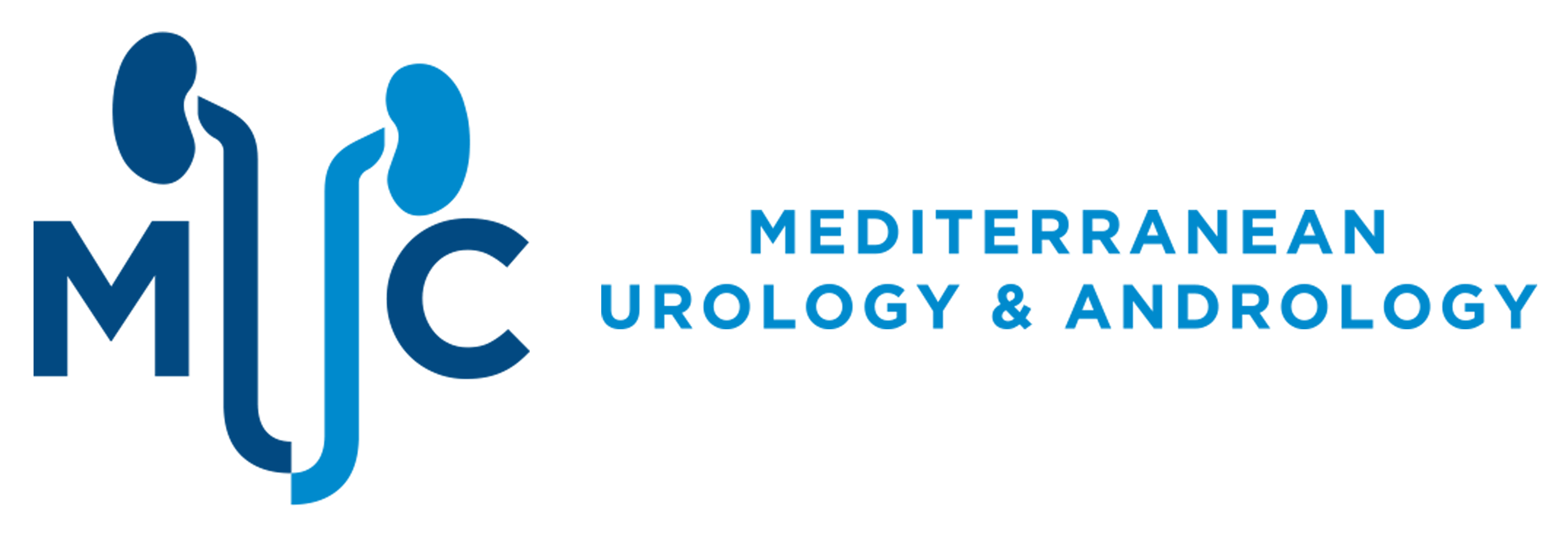What is laparoscopic surgery?
A camera is used during laparoscopic surgery. The camera provides imaging inside the body. Usually, a hole is made in the abdominal skin and the camera is sent inside. In addition, two more holes are opened and laparoscopic instruments are advanced into the body.
We call these holes the laparoscopic port site. In laparoscopic prots, instruments called trocars are used to facilitate entry and exit into the body. It is possible to insert and remove the camera and working tools into the body by means of these fixed thin tubes. The operation area is determined by films such as tomography made before. It is very important to place the patients in the appropriate position. There are certain positions according to the type of surgery to be performed. After the patient is positioned appropriately, first the camera and then the working elements are inserted into the body, and the organs are dissected as in open surgery, and operations are performed.
In order to provide an image inside the abdomen, the abdomen is inflated with air. For this purpose, a gas mainly carbon dioxide is used. Generally, 2 people work, a cameraman (surgeon holding a camera) and a surgeon performing the procedure. Sometimes a third surgeon also goes into surgery and helps the surgeon to show the organs. The image that the laparoscopic surgeon sees on the screen is seen exactly the same by the whole team, nurses and those watching the surgery. This image is 10-15 times larger than normal organs. Thus, the surgical procedure can be performed in more detail. Veins that may cause bleeding can be seen in more detail. The parts of the organ that need to be protected, the tissues and organs that need to be protected in the environment can be easily protected.
Usually 3, sometimes 4 or 5 holes can be used during laparoscopy. The camera from the first of these holes and the surgical instruments from the others are advanced into the patient. When there are 3 holes, 2 of these holes are 1 cm and one of them is 0.5 cm in diameter. Thus, the operation is completed with a total wound of 2.5 cm.
The biggest advantage of laparoscopy is to obtain excellent results in terms of cosmetic appearance. While the scars that the patients are exposed to in open surgery are usually large scars between 20-30 cm, with laparoscopic surgery, a cosmetically preferred image is provided after the operation since the operation is performed only through the holes that are expressed in centimeters and have no visible traces.
Pain after laparoscopic surgery is significantly lower than after open surgery. The pain caused by large wounds is very small. Less pain keeps the post-operative comfort at a high level. The patient’s recovery is quick and the length of stay in the hospital is very short. Post-operative cosmetic results are generally ignored by the surgeons, but this issue is very important for patients. Since we started laparoscopic surgery, we see that patients are much more willing and quick to accept the surgery. We think that the fact that there will be no scars in the post-operative period is effective in this.
In addition to the advantages of laparoscopic surgery, which we will talk about in the future, the most important disadvantage is; Surgical learning is much more difficult than open surgery and requires long training. Even for an experienced surgeon, the ability to perform laparoscopically improves after long training. The most important disadvantage for the surgeon is that the surgeon’s hand can be used in open surgery and that the surgery can only be performed with operating instruments in laparoscopy.
You can create your appointment request by filling out the form below or you can call us at 0324 999 76 33.
0324 999 76 333
info@akifdiri.com
